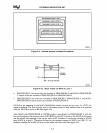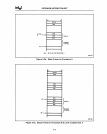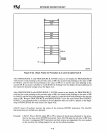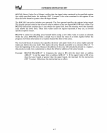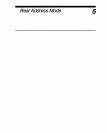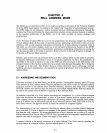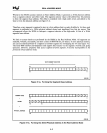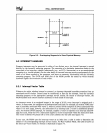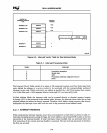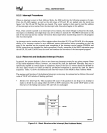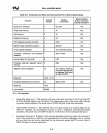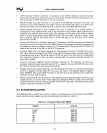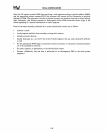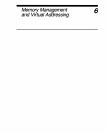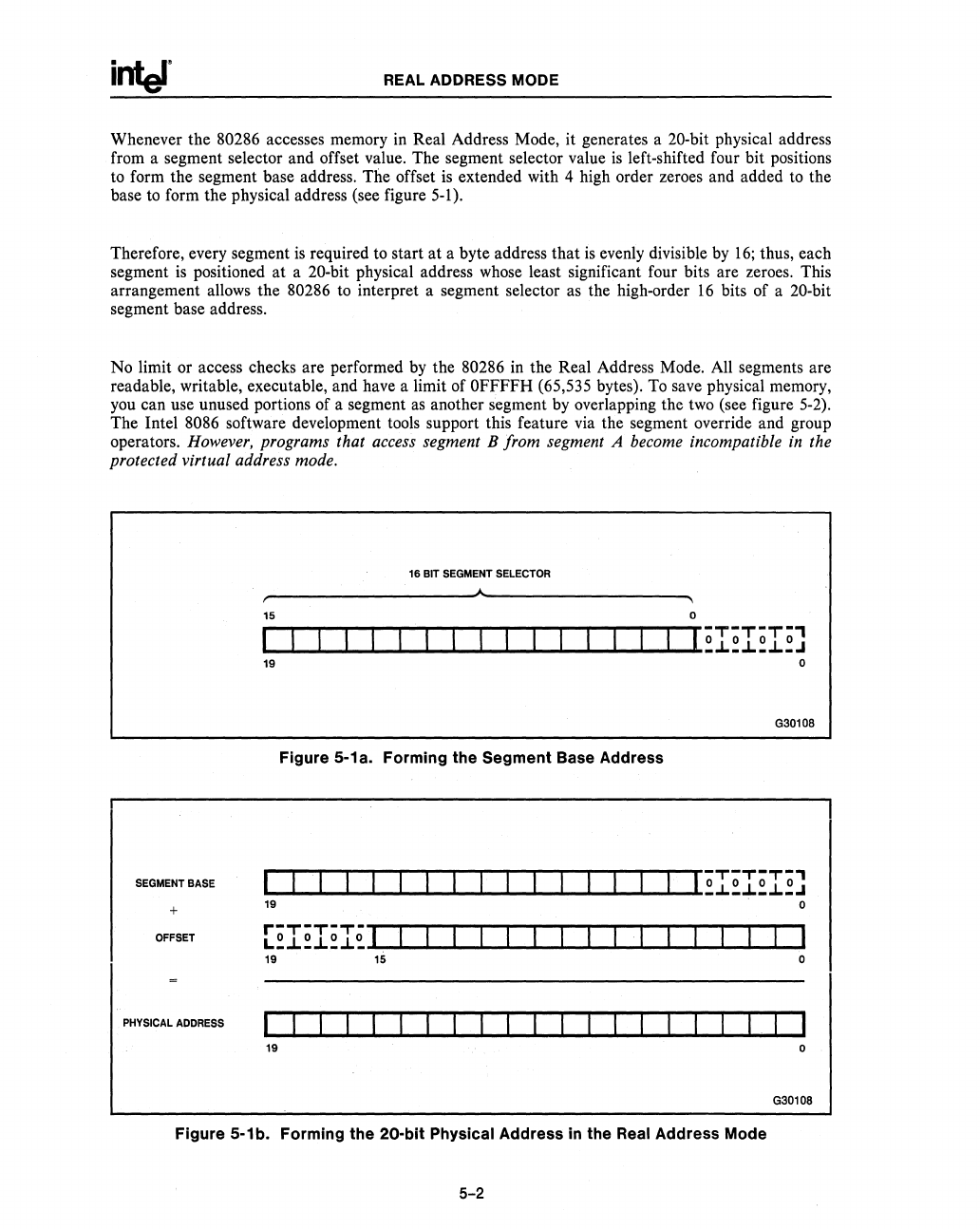
REAL
ADDRESS MODE
Whenever the 80286 accesses memory
in
Real Address Mode, it generates a 20-bit physical address
from a segment selector and offset value. The segment selector value
is
left-shifted four bit positions
to
form the segment base address. The offset
is
extended with 4 high order zeroes and added
to
the
base
to
form the physical address (see figure
5-1).
Therefore, every segment
is
required
to
start at a byte address that
is
evenly divisible
by
16;
thus, each
segment
is
positioned at a 20-bit physical address
whose
least significant four bits are zeroes. This
arrangement allows the 80286
to
interpret a segment selector
as
the high-order
16
bits of a 20-bit
segment base address.
No limit or access checks are performed
by
the 80286
in
the Real Address Mode.
All
segments are
readable, writable, executable, and have a limit of OFFFFH (65,535 bytes).
To
save physical memory,
you
can use unused portions of a segment
as
another segment
by
overlapping the
two
(see figure
5-2).
The Intel 8086 software development
tools
support this feature
via
the segment override and group
operators. However, programs that access segment B from segment A become incompatible
in
the
protected virtual address mode.
16
BIT
SEGMENT
SELECTOR
~
__________________
~A,
__________________
~
15
o
G30108
Figure 5-1a. Forming the Segment Base Address
SEGMENT
BASE
+
OFFSET
19
15
o
PHYSICAL
ADDRESS
19 o
G30108
Figure 5-1b. Forming the 20-bit Physical Address
in
the Real Address Mode
5-2



